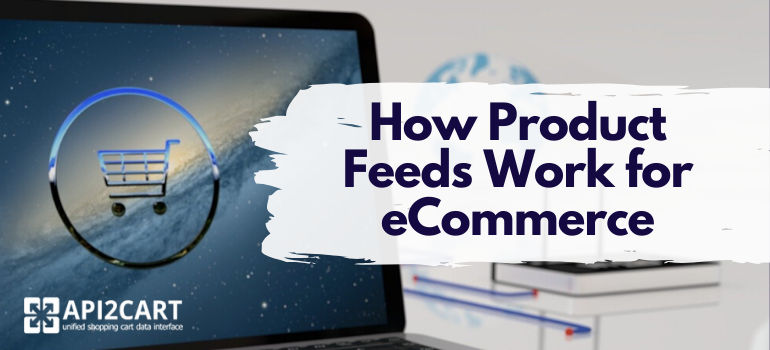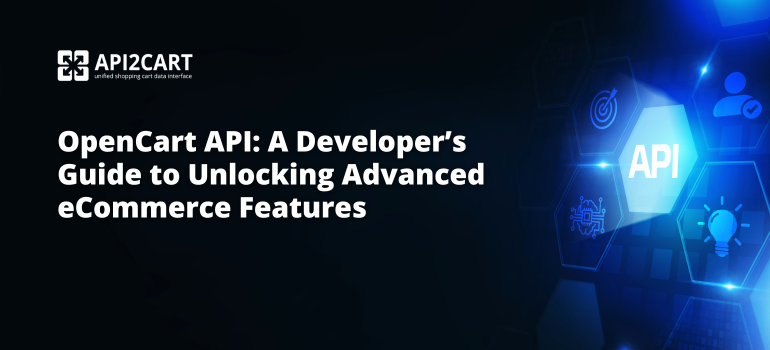
A data feed is a file, from which another system gets information. Feeds are widely used in eCommerce, and product feeds are those that vendors use most often. They are structured files that contain a list of products and attributes of those products. This data is organised so that another system can retrieve and display it in a certain way. In other words, the product feed works like data transmitted from your software that is formatted in the way that an endpoint system needs. The most commonly used file formats are XML, CSV, and TXT.
In the eCommerce industry, feeds are typically used for syncing product specifications with merchant center and for paid online product listings to services like Google Shopping, Facebook Product Ads, Amazon’s Product Ads. Aside from paid advertising, merchants can use data feeds to export product information to marketplaces and various sale sites, facilitate upkeeping their sites, boost the site’s performance, and enrich B2B eCommerce software functionality.
For instance, wholesalers can use a product feed to send updated product lists to retailers. That considerably streamlines the process of adding the products to the retailers’ databases, hence new products will come to market much faster.
Product feeds also expedite the process of recognising latest changes by 3d-party site-search software. This sustains accuracy of the site’s search function and keeps it up-to-date.
Product Feeds for eCommerce Sites
Another way to exploit product feeds is to add and maintain product content on your site with their help. There are special data feed management services for this, which can provide images and rich content of the products. They especially come in handy for those who are in a process of building their site.
How to Create Your Own Feed
There are a few basic ways to make a data feed:
- Manually. This approach is quite effortful. The process typically implies retrieving data from a software system, although it can also sometimes include typing information for your feed, which can be applied only if the product list is not very big, otherwise errors are practically inevitable.
- Third-party solutions. There is a variety of software services that make and manage your feeds for merchants. They automate data feed management and facilitate data formatting for product listing ads, shopping engines, and other uses. Some DFM systems make it possible for manufacturers to share various product information with distributors and retailers. By the way, some eCommerce platforms offer pre-built data feed tools.
- Custom integration. Most of DFM vendors charge monthly fees. So merchants may want to have an integration built to their eCommerce software, which will automate data feed creation.
Where You Can Use Product Feeds
1. Shopping ads. Some ads services require product feeds.
2. Dynamic remarketing ads. Such ads often involve dynamic product images and specifications with product feeds.
3. Distributors and retailers. Resellers can update their product lists in no time if you provide them with new product data and an easy way to load the data onto their sites. Thus they will be able to quickly start selling new products and sell more.
4. Marketplaces. Data feeds help to easily keep product info up-to-date on marketplaces.
5. eCommerce tools. Many 3d-party tools for eCommerce require data feeds. Example uses are:
- Shopping cart abandonment services
- Site-search systems
- Rating-and-review systems
- Post-purchase campaign services
N.B. If you own such software that requires product feeds to run its functions, consider integration with shopping carts. It will enable you to automatically create feeds and retrieve all necessary information from your customer’s stores, which means that you will be able to work with those merchants who cannot provide you with product feeds themselves.
For those who run a DFM system, integration with multiple leading shopping carts will help enhance your service and unlock new markets.
You can try how integration with shopping carts via API2Cart will work for your business or schedule a call with an expert to discuss the details.



